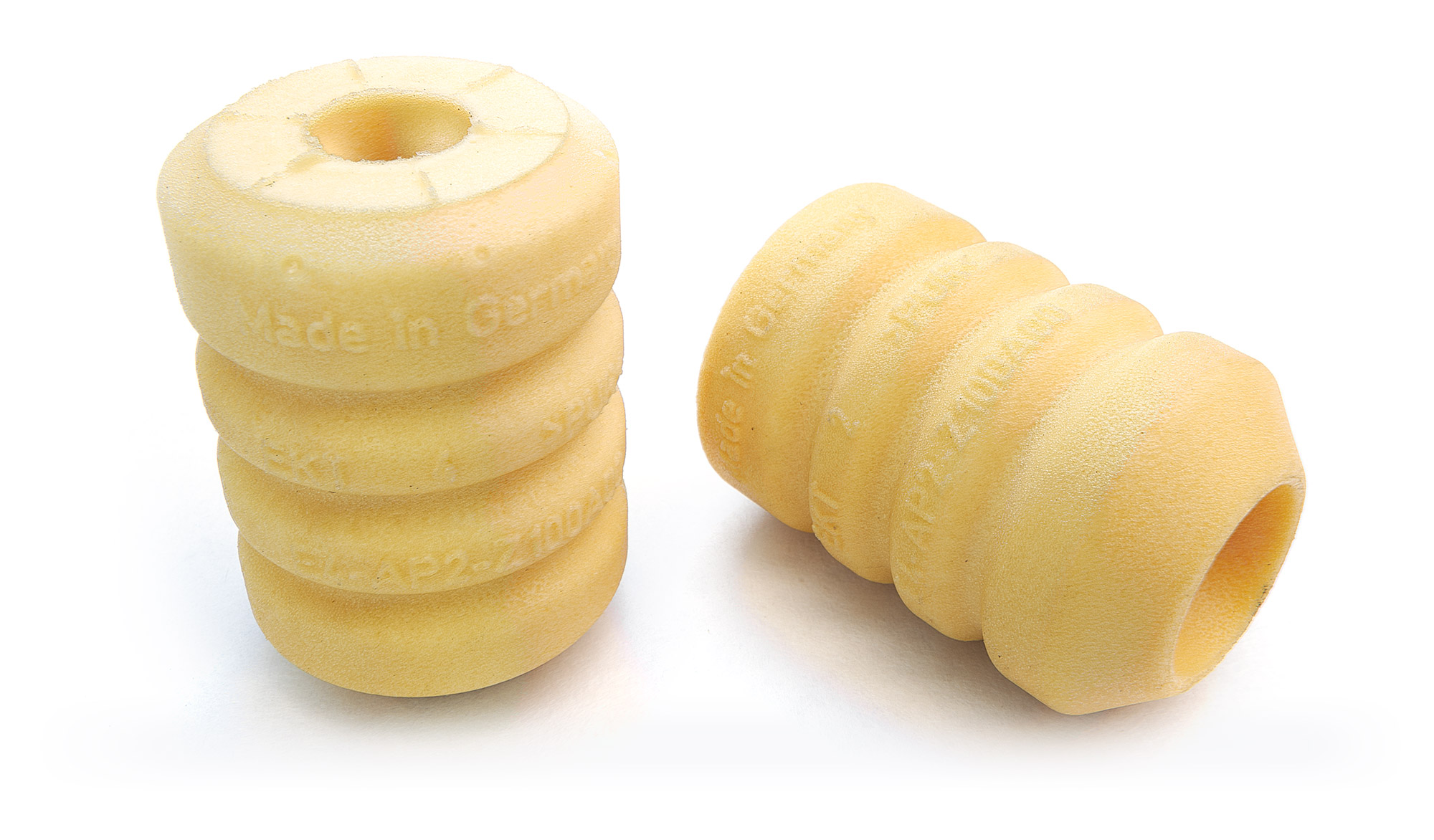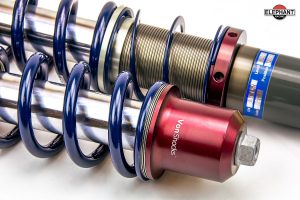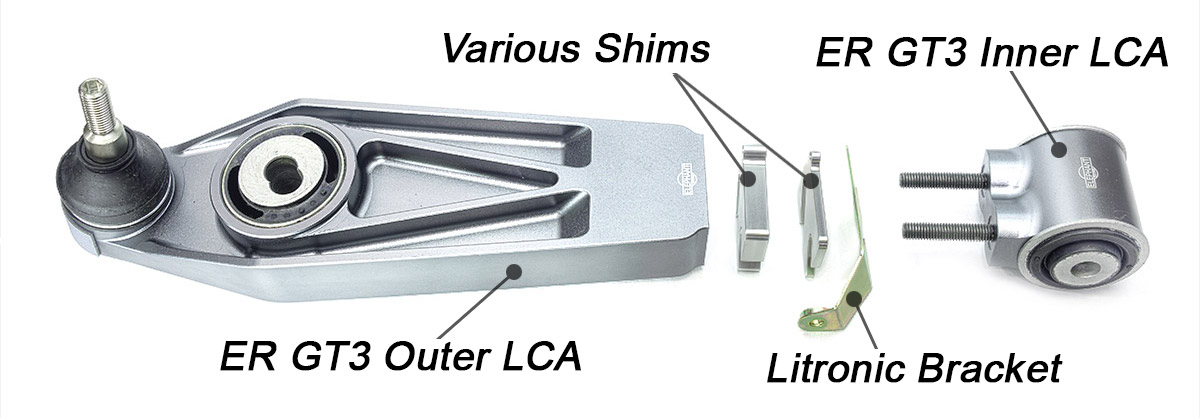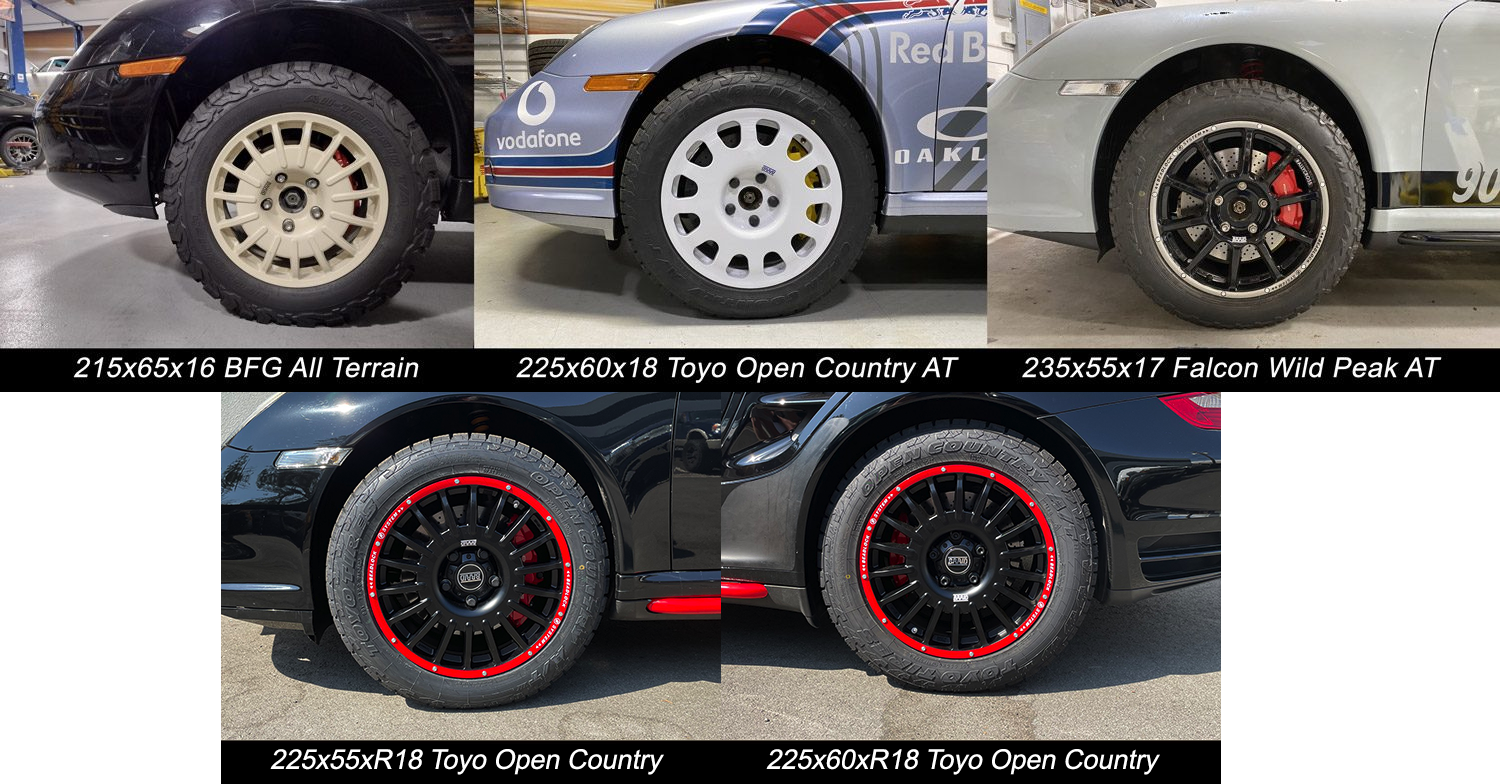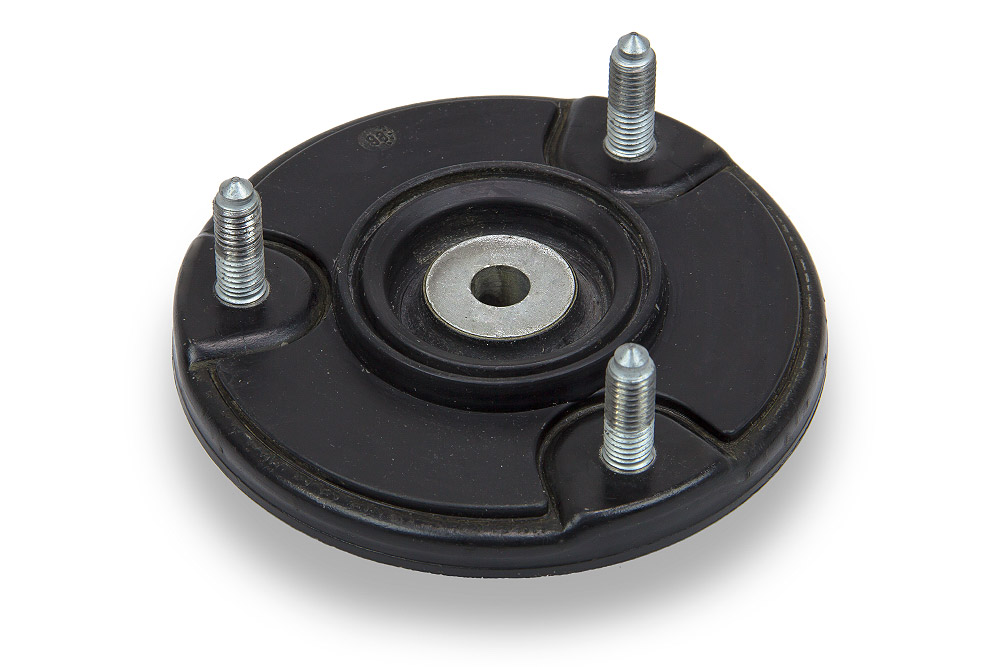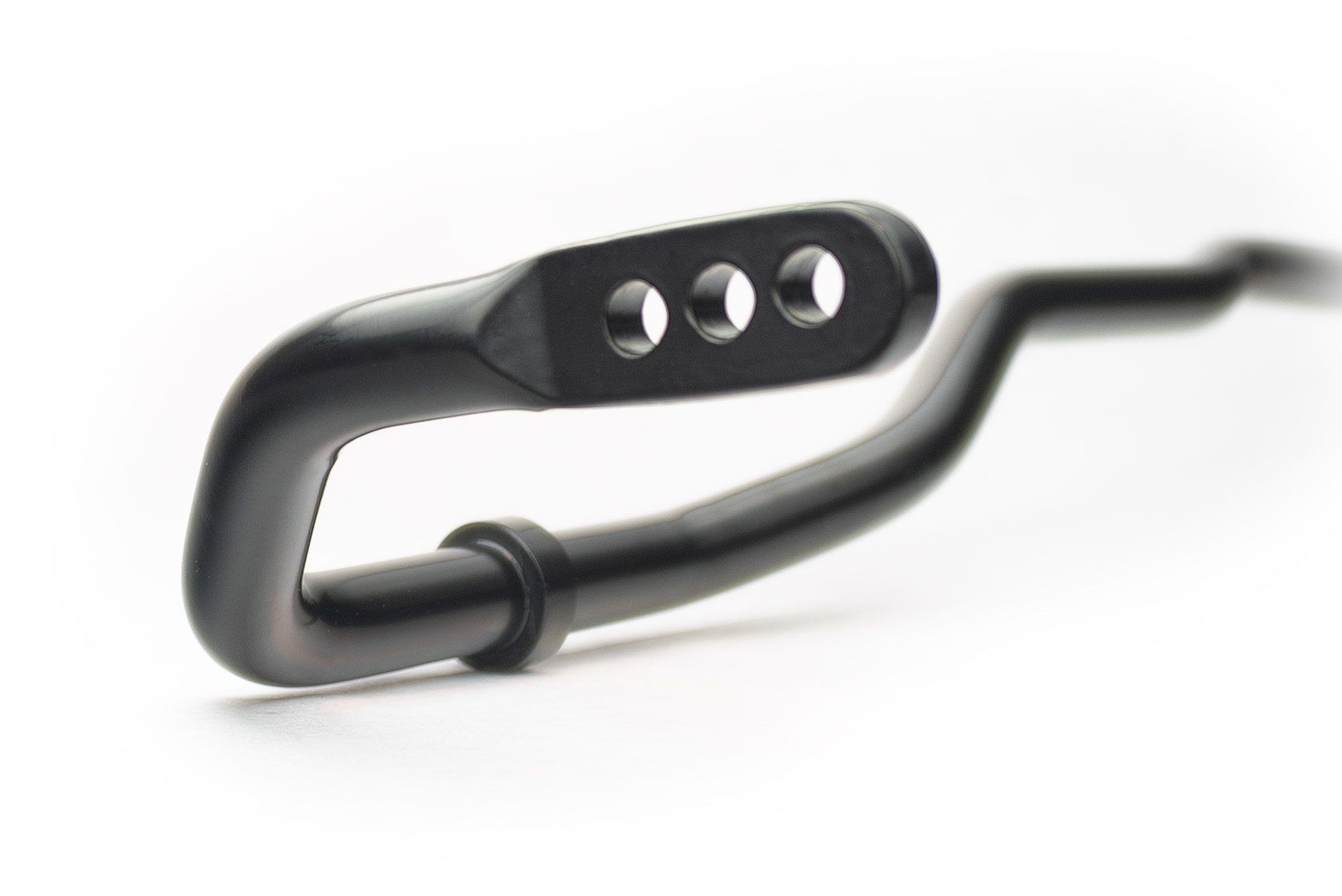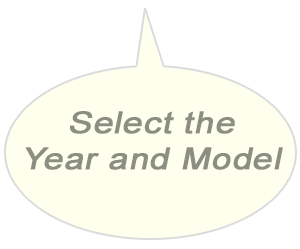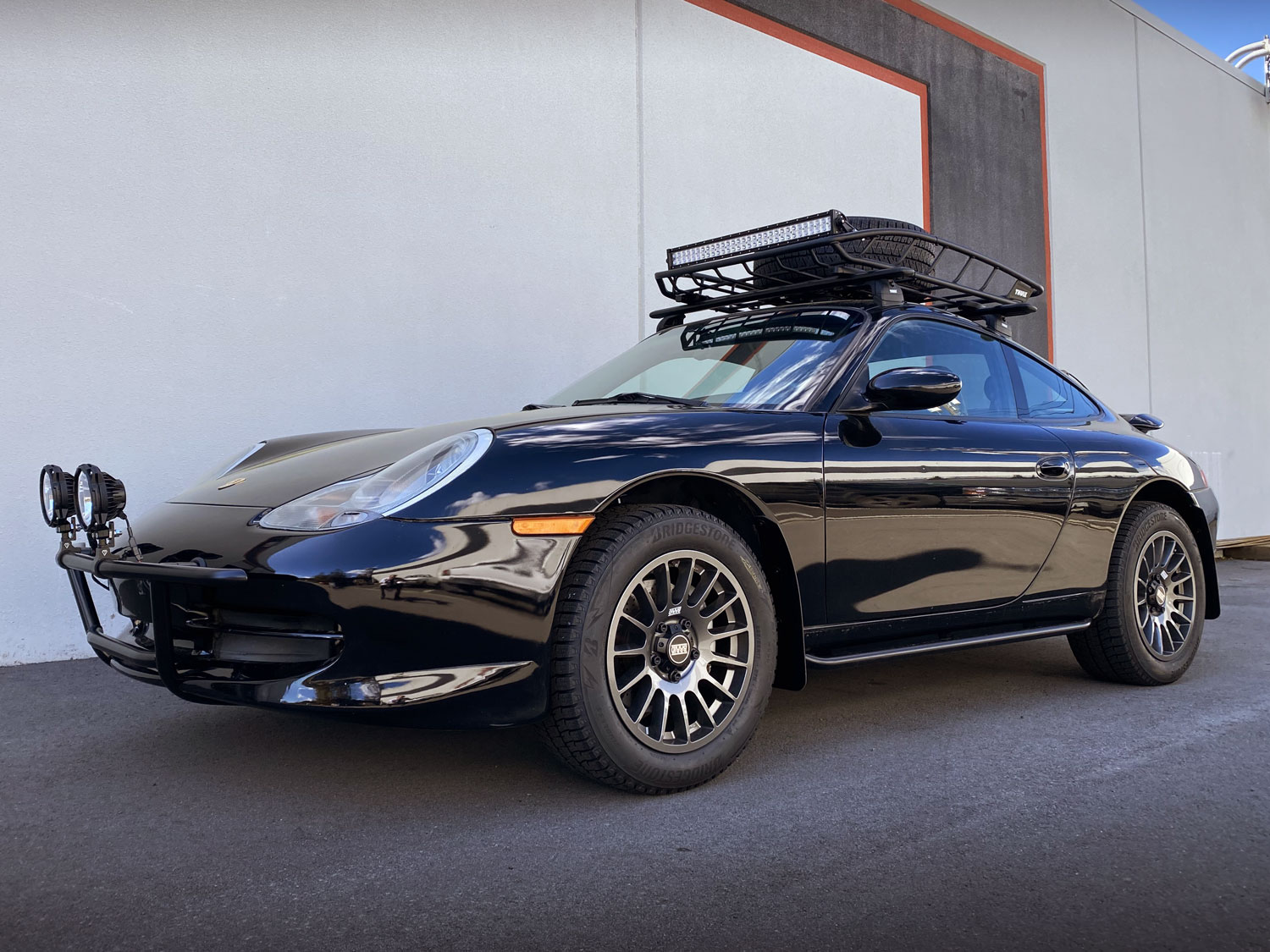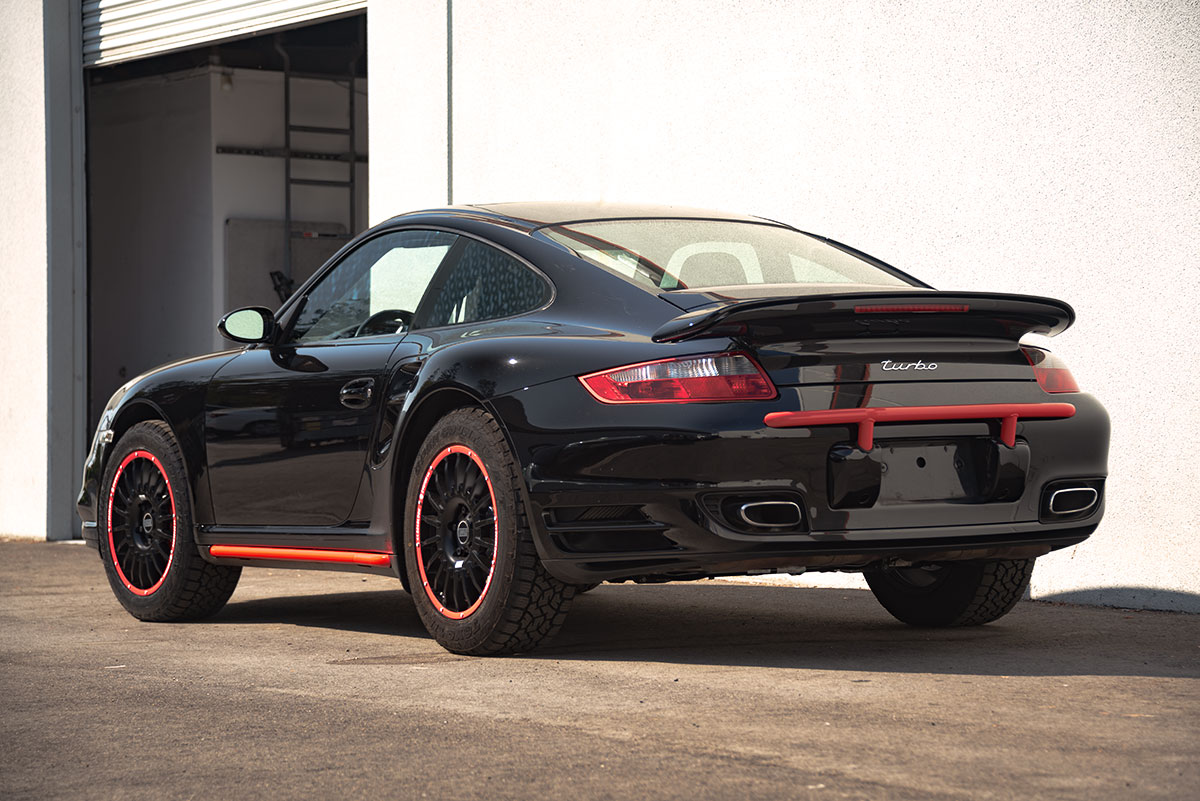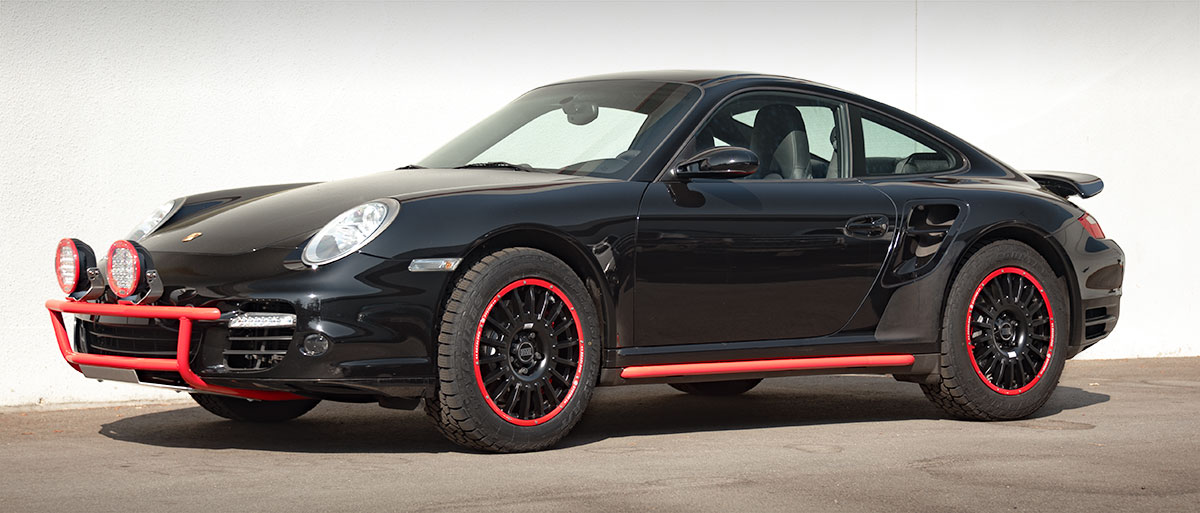Show Me The Packages
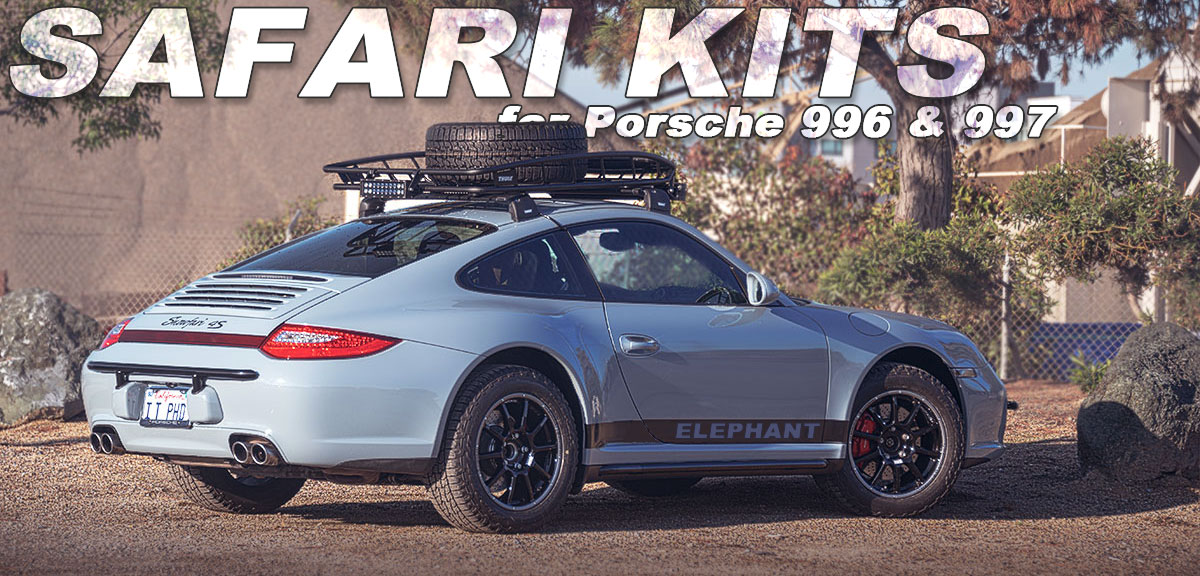
The Adventure Begins Where the Road Ends
Street driving a Safari car is all about having fun. Factory handling remains and is enhanced by the raised ride height. Everywhere you go it’s smiles and thumbs-up.
But take it off road and there is so much more to explore. Safari cars let you adventure to the back country and through rugged terrain. There’s nothing like the feeling of putting a 911 through its paces far from civilization.
Elephant Racing is proud to be the leading supplier of safari suspensions. We’ve built 100s of systems and are the behind-the-scenes provider for many high-profile safari cars.
Elephant Racing’s suspension packages have proven to be reliable, rugged, and to thrive in the dirt. We have pre-configured safari packages ranging from mild to wild to suit a variety of objectives. You can find the right one for your application by selecting your year and model.
Hoovie Goes Offroading With His Elephant Racing 996 Safari
Hoovies Garage’ 996 Safari Package Overview
First Drive: 996 Safari
History
Porsche’s Million Dollar Rock Crawler
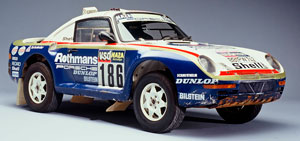 Porsche’s 959 was conceived as the multi-tool that would dominate Group B rallying, the no-holds-barred series that saw the likes of the Lancia Delta Turbo Integrale, Audi Quattro S1, Mitsubishi Lancer Evo, and Subaru WRX duke it out for top bragging rights on both tarmac and gravel. To qualify, Porsche had to homologate road cars that would be available for purchase by the general public.
Porsche’s 959 was conceived as the multi-tool that would dominate Group B rallying, the no-holds-barred series that saw the likes of the Lancia Delta Turbo Integrale, Audi Quattro S1, Mitsubishi Lancer Evo, and Subaru WRX duke it out for top bragging rights on both tarmac and gravel. To qualify, Porsche had to homologate road cars that would be available for purchase by the general public.
Fast Forward to today, Dakar!
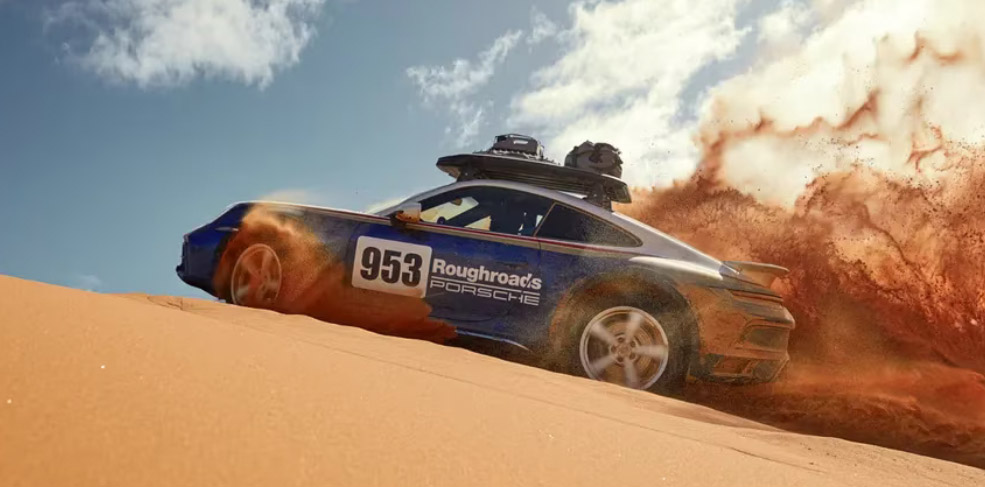 Porsche’s rally legacy continues. New in 2023 from is the 992 Dakar. Paying homage to the rally 911s of old, the Dakar is an impressive bit of kit.
Porsche’s rally legacy continues. New in 2023 from is the 992 Dakar. Paying homage to the rally 911s of old, the Dakar is an impressive bit of kit.
Safari Suspension Tech

Suspension Travel
The most obvious thing about Safari cars is raised ride height. Does that mean you can just install longer springs to raise the car and call it good? No, it does not.
If you simply install longer springs you created suspension travel problems that will degrade performance over rugged terrain, as well as potentially create unsafe condition with parts breakage. The shocks also need proper bump stops to protect from damage.
Suspension Geometry and Alignment
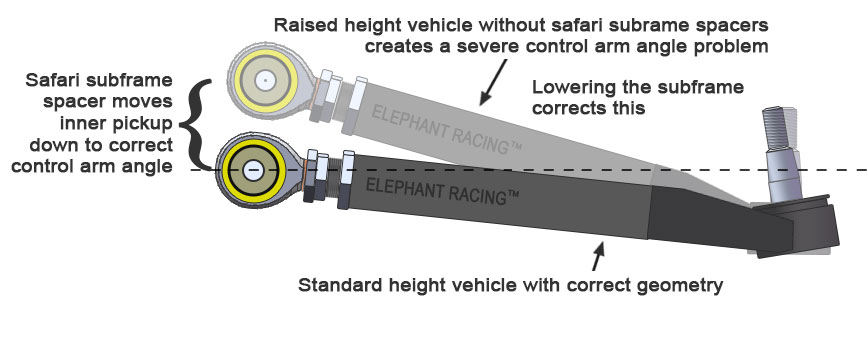 Raising the suspension properly requires correcting geometry problems that are introduced by the higher ride height. If you simply raise the ride height without corrections you are putting the suspension into droop and the angles of the suspension members change in undesirable ways. You will introduce geometry and alignment problems, as well as potentially create unsafe condition with parts breakage.
Raising the suspension properly requires correcting geometry problems that are introduced by the higher ride height. If you simply raise the ride height without corrections you are putting the suspension into droop and the angles of the suspension members change in undesirable ways. You will introduce geometry and alignment problems, as well as potentially create unsafe condition with parts breakage.
Lift Height, Tire and Wheel Selection
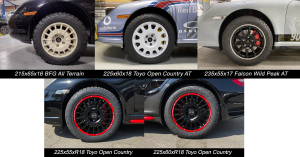 How much can you raise the car? Total height is determined by a combination of the suspension rise plus the increase due to larger tire diameter. Tire diameter depends on chosen tire and typically adds 0.5 to 1 inch (12mm to 25mm) to ride height. While height is adjustable, our safari suspension kits are designed to raise the suspension about 2 inches (50mm) higher than stock. Together suspension and tires rise a total in the range of 3 inches (76mm). A very substantial gain.
How much can you raise the car? Total height is determined by a combination of the suspension rise plus the increase due to larger tire diameter. Tire diameter depends on chosen tire and typically adds 0.5 to 1 inch (12mm to 25mm) to ride height. While height is adjustable, our safari suspension kits are designed to raise the suspension about 2 inches (50mm) higher than stock. Together suspension and tires rise a total in the range of 3 inches (76mm). A very substantial gain.
Bushings
 Suspension bushing selection is critically important functions on off road vehicles. The demands and needs are very different from road cars.
Suspension bushing selection is critically important functions on off road vehicles. The demands and needs are very different from road cars.
Stiffness
 How stiff should a safari suspension be? That really depends on how the car will be used. Cars that will run off-road over uneven terrain will benefit from softer suspension setups. This provides the compliance needed to allow the tires to follow and stay in contact with the surface.
How stiff should a safari suspension be? That really depends on how the car will be used. Cars that will run off-road over uneven terrain will benefit from softer suspension setups. This provides the compliance needed to allow the tires to follow and stay in contact with the surface.
Elephant Racing Safari Kits are Easily Reversible
 Our Safari Suspensions need not be a permanent modification. Run your Safari setup as long as you like, but should you ever decide to revert back to factory ride height, this is very easy to do. Call us for details at 408-297-2789.
Our Safari Suspensions need not be a permanent modification. Run your Safari setup as long as you like, but should you ever decide to revert back to factory ride height, this is very easy to do. Call us for details at 408-297-2789.
SAFARI PACKAGES
Safari Packages for Porsche 996, 997
- “Wow, German craftsmanship from you! What shall I say… just perfect. THANK YOU THE PARTS ARE DEFINITELY WORTH THE PRICE!”Manfred P. – QC
- “My order was beyond expectations. Great packaging to avoid damage and your products are first class!”Jeff A. – 911












